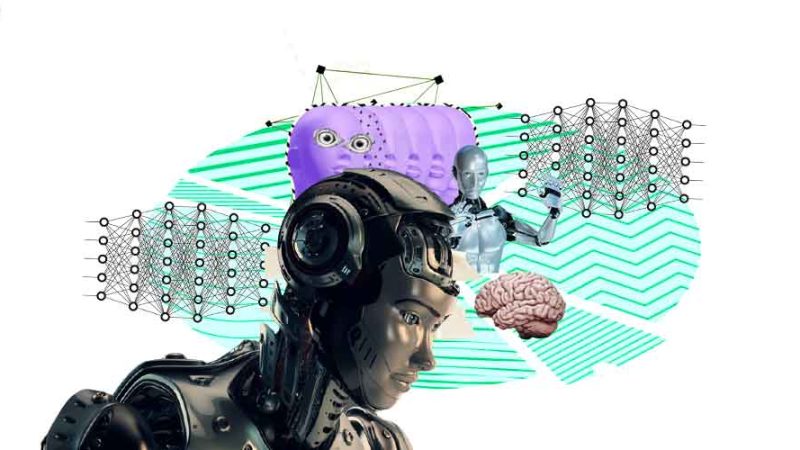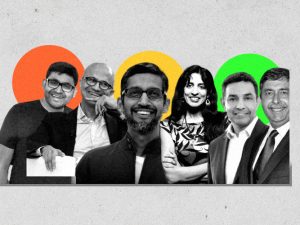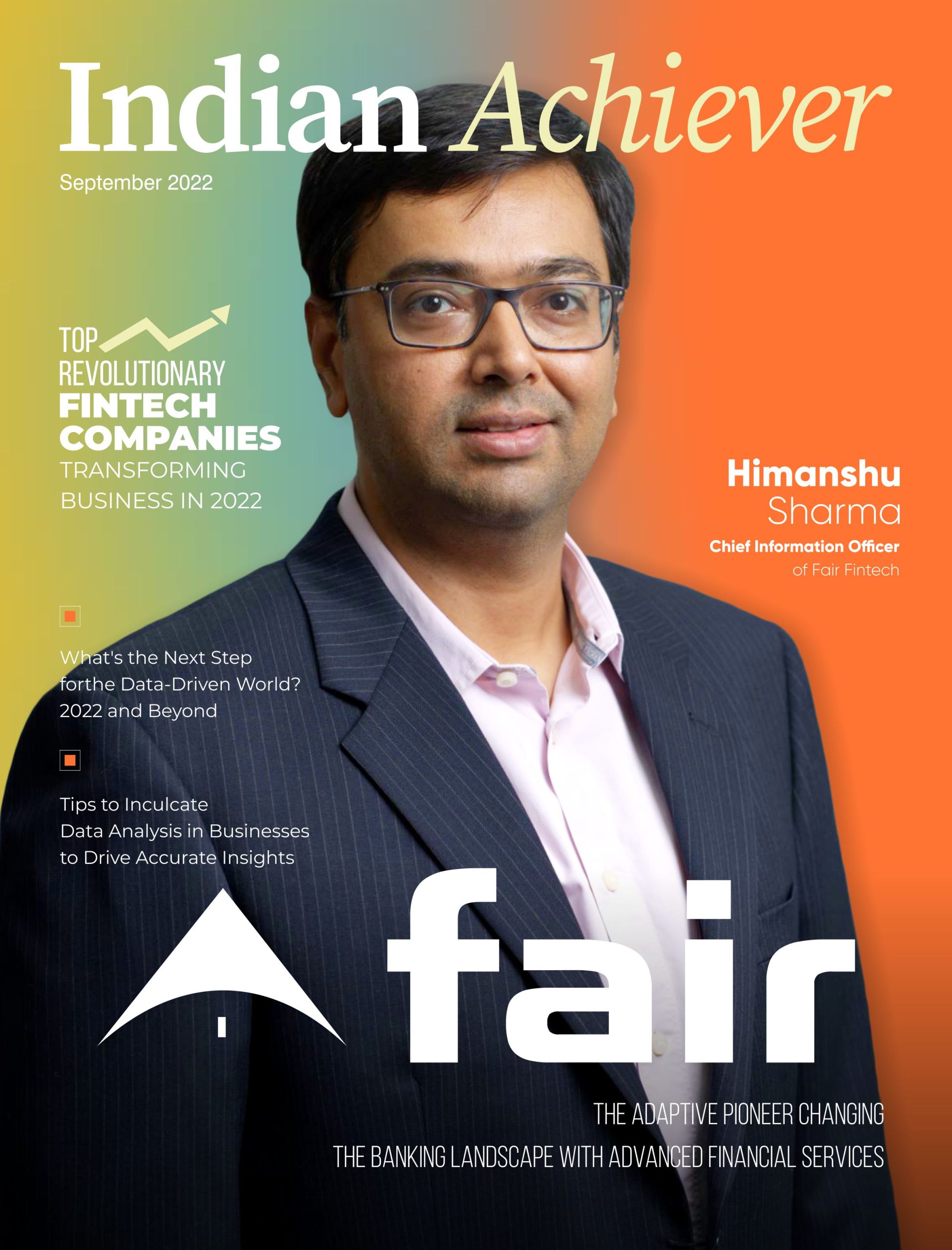
Revolutionizing industries: big tech companies leading the way in the booming generative AI market
INTRO
The rise of generative AI has brought about a new era of artificial intelligence, where machines are no longer limited to performing pre-programmed tasks but can generate their unique content. From art and music to language translation and content creation, generative AI is revolutionizing the way we think about creativity and innovation.
Big tech companies like Google, Microsoft, and Amazon are leading the way in this rapidly expanding market, with advanced algorithms that can generate high-quality content quickly and efficiently. However, as with any new technology, there are also concerns about the potential risks and negative impacts of generative AI. In this article, we will explore the booming generative AI market and its applications, as well as the potential of this transformative technology.
What is Generative AI?
Generative AI is a type of artificial intelligence that involves the use of algorithms to generate new and unique content. This can include everything from text and images to music and even video. Generative AI algorithms are designed to learn from large datasets and then use that knowledge to create something new that is similar to what it has learned. This type of AI is often used in creative fields like art, music, and design, as well as in more practical applications like language translation and content creation.
However, it’s important to keep in mind the ethical considerations that come with the use of AI-generated content, such as issues of ownership and authenticity. As with any new technology, it’s important to approach generative AI with caution and consider its potential impact on society as a whole
Big Tech Companies Leading the Way
Big tech companies like Google, Microsoft, and Amazon are at the forefront of the generative AI market. These companies have the resources and expertise to develop advanced AI algorithms that can generate high-quality content quickly and efficiently. Google, for example, has developed a generative model called GPT-3, which can generate natural language text that is difficult to distinguish from human-written text. Microsoft has also made significant strides in the generative AI space with its Turing Natural Language Generation (T-NLG) algorithm, which can generate news articles and other types of written content.
Applications of Generative AI
The applications of generative AI are vast and varied. In the creative space, generative AI is being used to create new forms of art, music, and design. For example, the AI-generated artwork created by the French art collective Obvious sold for a record-breaking $432,500 at auction in 2018. In the music industry, generative AI is being used to create new songs and even entire albums. The Grammy-nominated album “I Am AI” was created entirely using AI-generated music.
In more practical applications, generative AI is being used to create content for websites and social media platforms. This type of AI can generate high-quality content quickly and efficiently, which is particularly useful for companies that need to produce large volumes of content regularly. Generative AI is also being used in language translation, where it can quickly and accurately translate text from one language to another.
The Future of Generative AI
As the demand for advanced technology continues to grow, the generative AI market is expected to continue its rapid expansion. Big tech companies like Google, Microsoft, and Amazon will continue to drive innovation in this space, developing new and more advanced algorithms that can generate increasingly complex and sophisticated content. The potential applications of generative AI are vast, and as the technology continues to evolve, we can expect to see it being used in a growing number of industries and applications.
Despite the many potential benefits of generative AI, there are also concerns about its impact on society. One major concern is the potential for generative AI to be used for malicious purposes, such as the creation of fake news or propaganda. It will be important for policymakers and industry leaders to work together to develop responsible and ethical practices for the use of generative AI to minimize its potential negative impacts.











